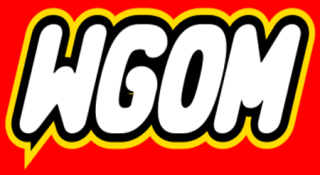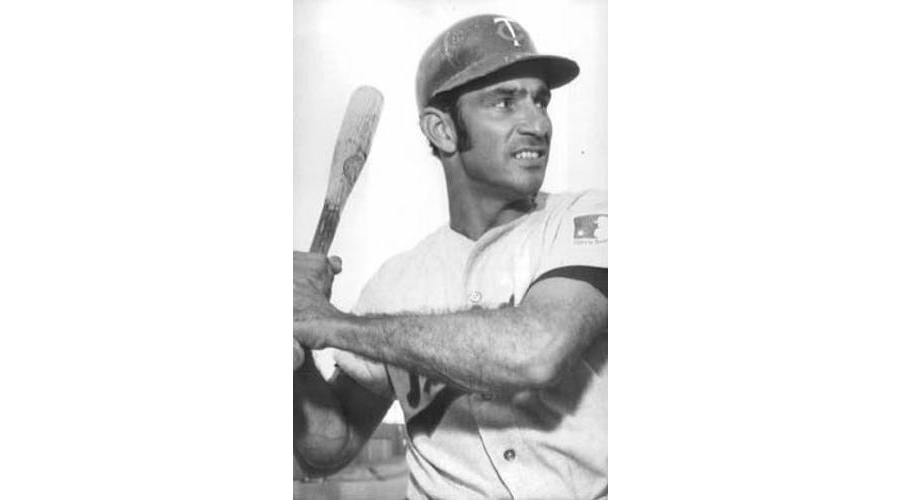MINNESOTA 5, WASHINGTON 3 IN WASHINGTON
Date: Saturday, September 25 (Game 2 of doubleheader).
Batting stars: Don Mincher was 1-for-3 with a home run (his twenty-second) and a walk. Sandy Valdespino was 2-for-4 with a walk and a run. Frank Quilici was 1-for-4 with a walk and two RBIs.
Pitching stars: Camilo Pascual pitched six innings, giving up three runs (one earned) on three hits and two walks with two strikeouts. Jim Merritt struck out three in three shutout innings, giving up one hit.
Opposition stars: Jim Duckworth struck out thirteen in 7.1 innings, allowing three runs on five hits and two walks. Ed Brinkman was 1-for-3 with a double, scoring once and driving in two. Mike Brumley was 1-for-2 with a walk and a run.
The game: In the second, Brinkman hit a two-run double and Brumley followed with a squeeze bunt that gave the Senators a 3-0 lead. The Twins got on the board in the fourth with a sacrifice fly and scored again in the seventh on Mincher's home run, but still trailed 3-2 going to the eighth. With two on and two out in the eighth, however, Joe Nossek tied the score with a run-scoring double and Quilici put the Twins ahead with a two-run single, giving the Twins a 5-3 advantage. The last eight Senators were retired.
Of note: Zoilo Versalles was 0-for-2. Tony Oliva was 2-for-5 with a run. Harmon Killebrew was 1-for-4 with a walk and a run.
Record: The win made the Twins 98-58. Chicago was eliminated despite sweeping a doubleheader from the Yankees. Baltimore swept a doubleheader from California to remain in second place. They were 7.5 games out of first, but as they still had nine games to play they had a theoretical chance to tie for the championship.
Notes: Oliva raised his average to .322...Sandy Valdespino again played left in place of Bob Allison. Jerry Zimmerman gave Earl Battey a rest behind the plate...So who was this amazing strikeout pitcher Jim Duckworth? Well, he actually did strike out a lot of guys, but he also walked a lot of guys and really was not particularly good. He was used mostly as a reliever but did start a fair number of games. He did the most pitching in his rookie year of 1963, starting fifteen games, relieving in twenty-two, and pitching 120.2 innings. Unfortunately, he went 4-12, 6.04, 1.64 WHIP. In fairness to him, he had pitched in Class B in 1962 and probably should not have been in the majors in the first place. He got better, and 1965 was his best year. He started eight games, relieved in nine, and pitched 64 innings, going 2-2, 3.94, 1.27 WHIP and averaging 10.4 strikeouts per nine innings. He was traded to Kansas City in June of 1966 for Ken Harrelson, but in July the Athletics sent him back to Washington for Diego Segui. He spent 1967 in AAA and didn't pitch badly, but by then he was twenty-eight and the Senators apparently decided they'd seen enough and his playing career ended. He appears to have lived a full life after baseball: He was a California Highway Patrolman for twenty-five years, taught elementary and middle school for seven years, worked at a kayak store for two years, and has more recently become a full-time nature photographer. I like it when I find out people have lived successful lives after baseball.

